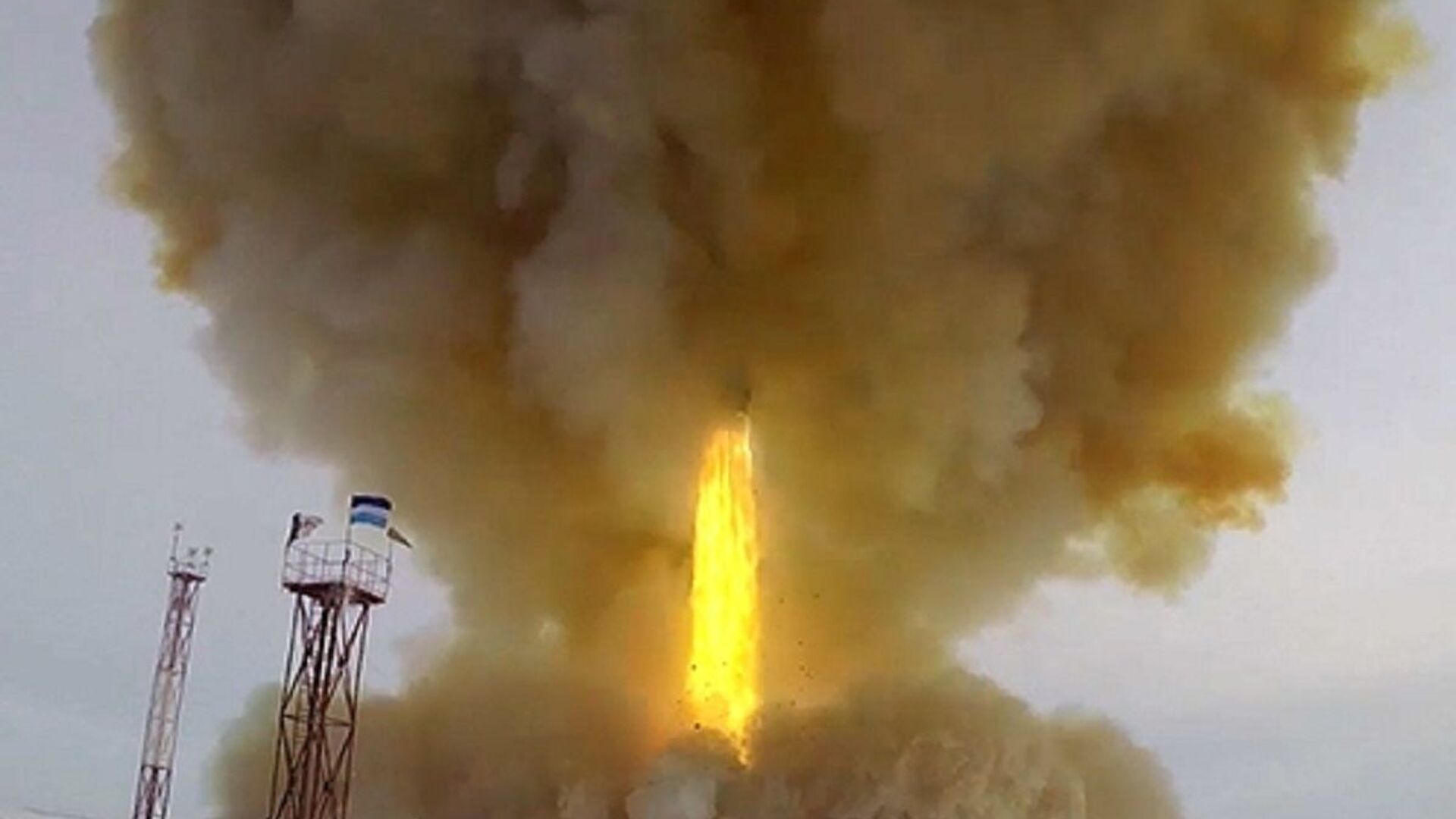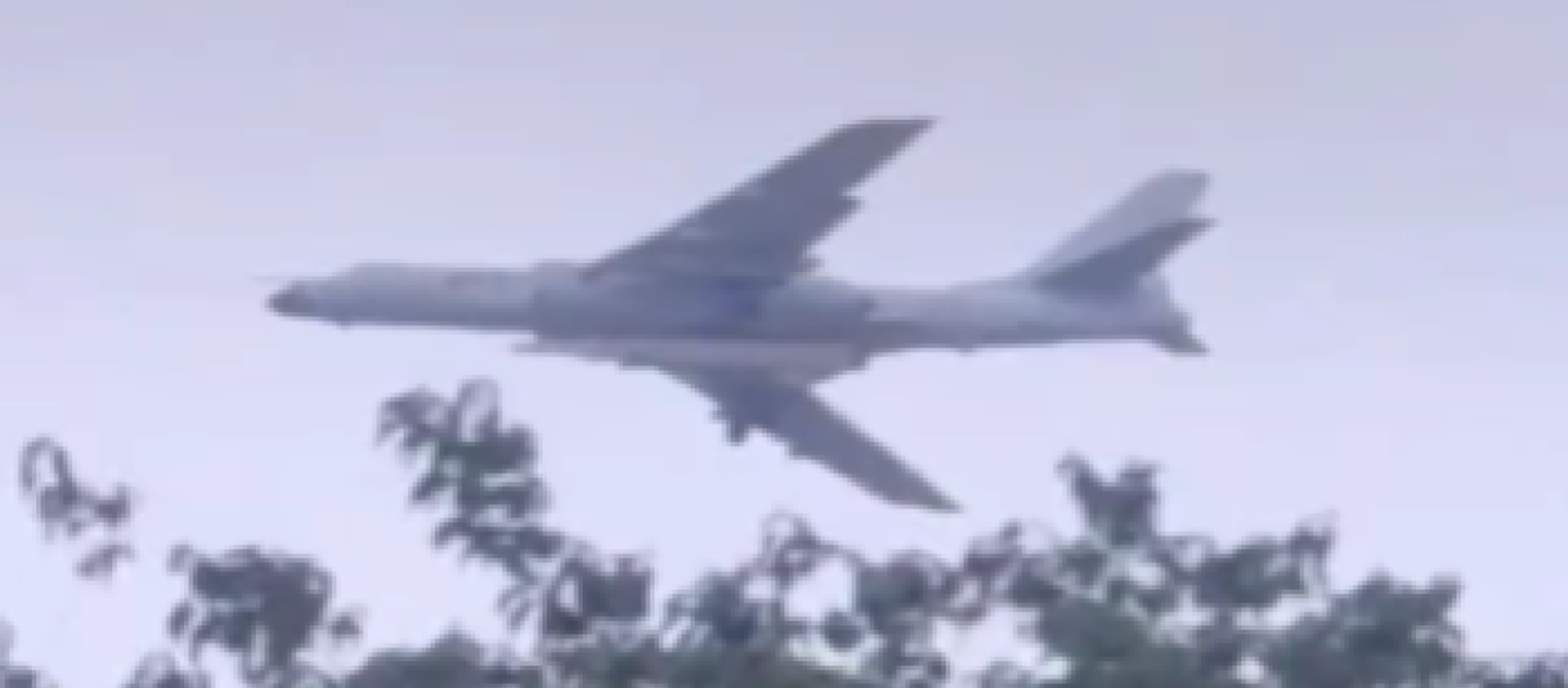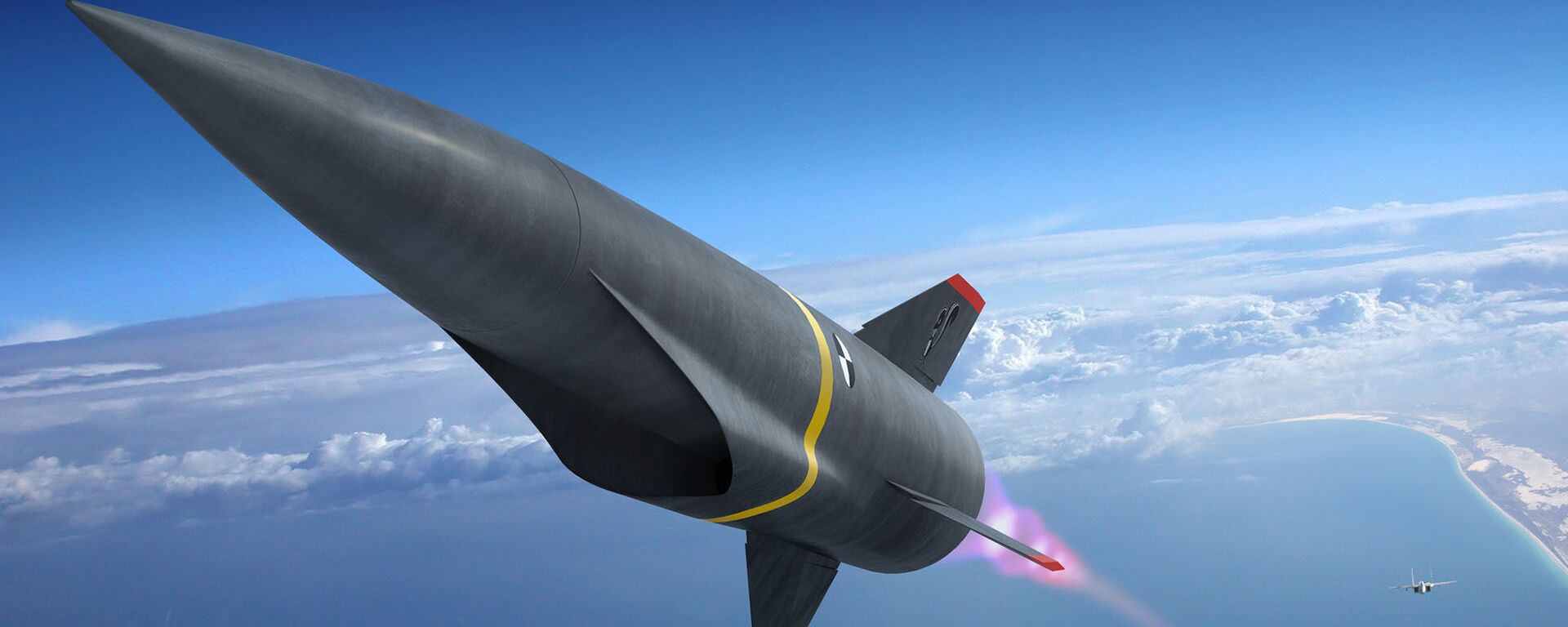The US Missile Defence Agency (MDA), the arm of the Pentagon responsible for creating a layered defensive shield against ballistic missile attack, has issued formal a request for information (RFI) to weapons makers for the creation of a new Command & Control, Battle Management, and Communication (C2BMC) system.
The RFI, dated 5 March, wants to “gauge industry’s interest in developing efficient, effective and innovative approaches to deliver an advanced, state of the art C2BMC capability,” with C2BMC described as the brains tasked with the complex mission of coordinating a vast array of missile defence defences, from the Patriot PAC-3 and Aegis to THAAD and traditional ground-based interceptor missiles.
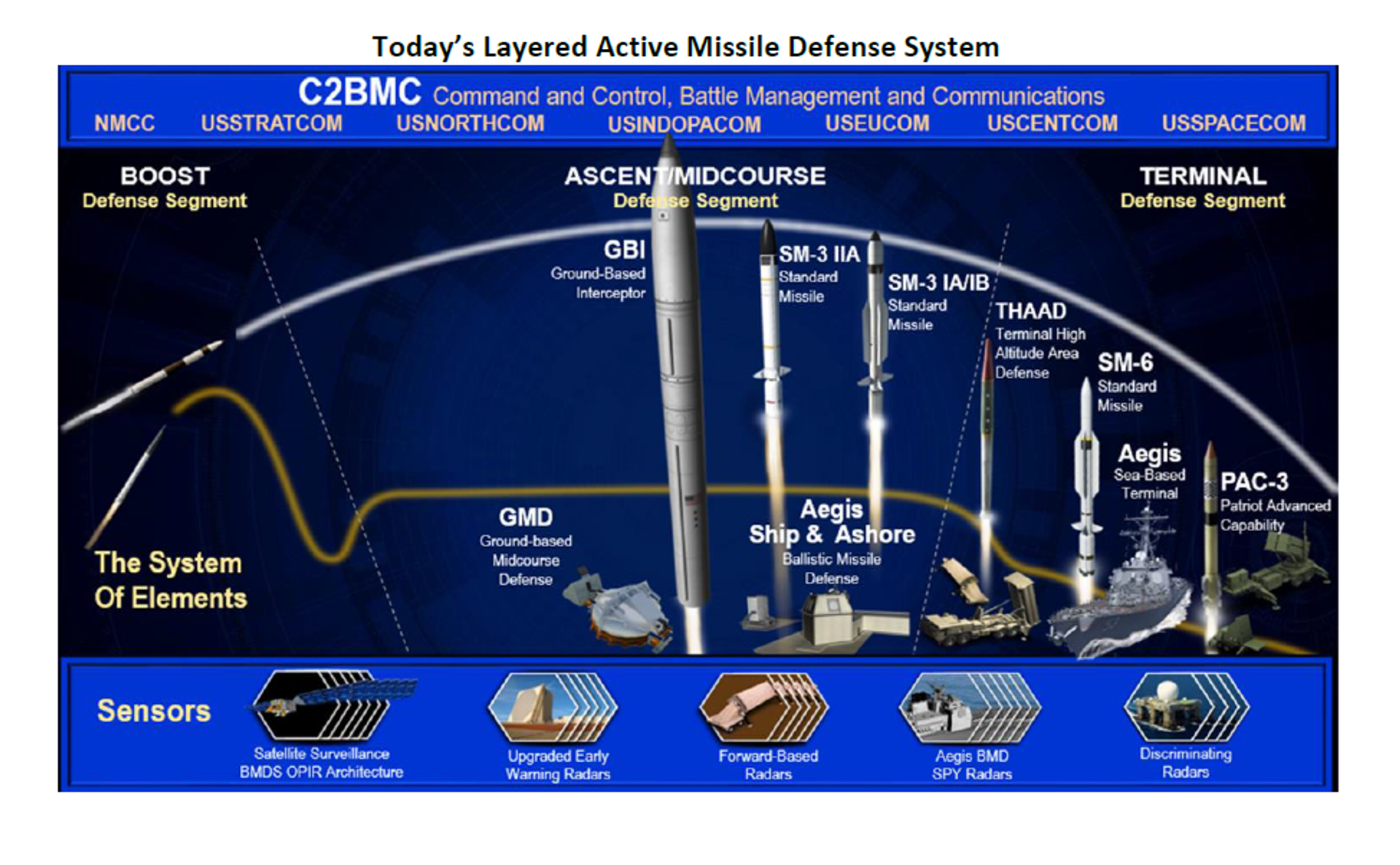
The system is also expected to be connected to an array of monitoring systems, including satellites and ground-based radar systems operated by MDA, the Air Force and the Navy.
The C2BMC is expected to “plan for effective missile defence courses of action,” provide “situational awareness to support command and control at all command levels,” integrate “battle management tools to sensors and weapon systems,” deliver a missile defence trainer for homeland defence, and ensure “connectivity between missile defence systems, international assets, and all-domain remote sensor hardened networks.”
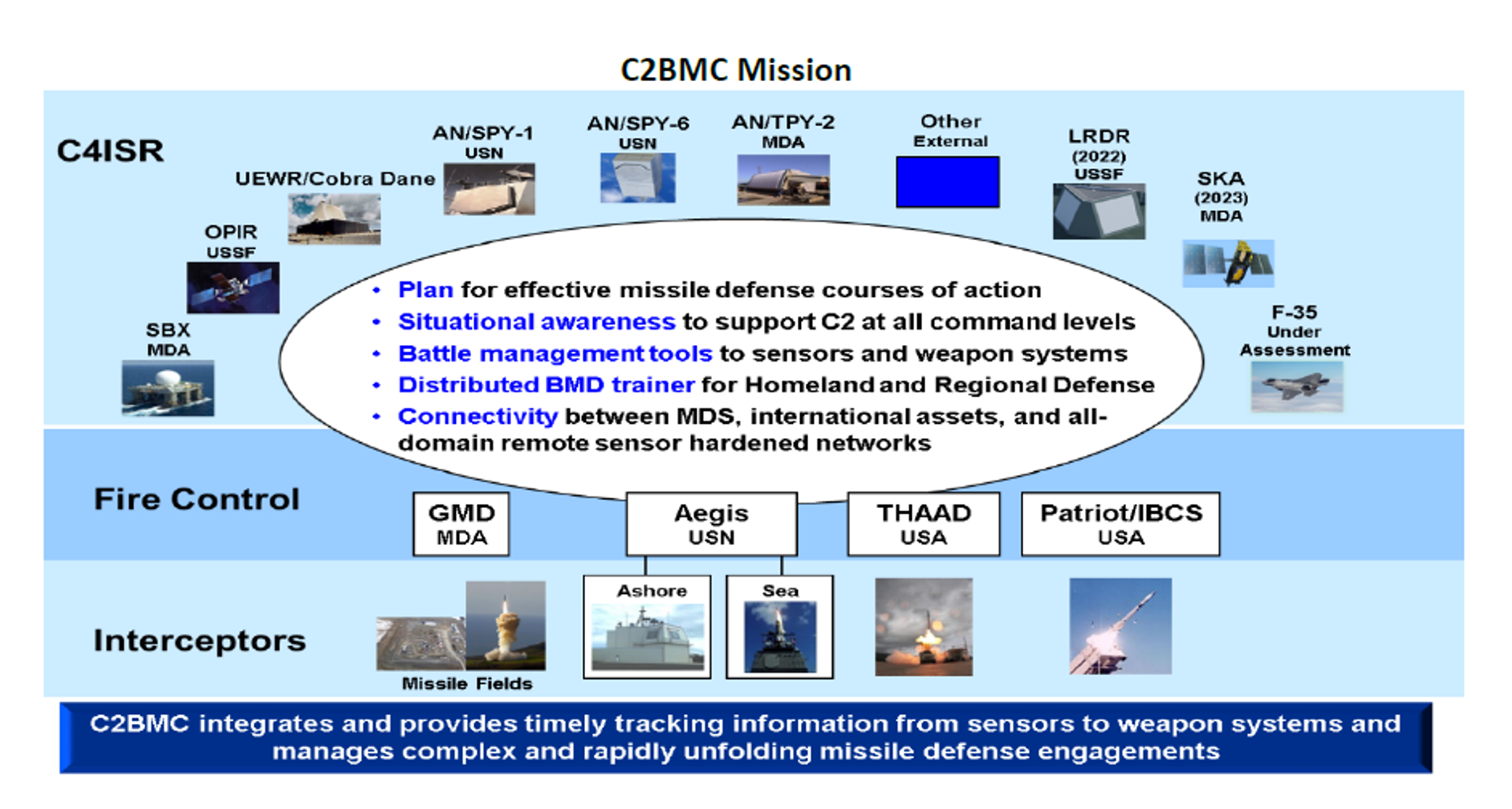
MDA links the requirement for a new C2BMC to advances by potential US “adversaries” in the creation of new weapons which can presumably break through existing missile defences, explaining that “in recent years, the adversary has quickly developed more complex advanced threats, to include hypersonic glide vehicles, supersonic, subsonic and hypersonic highly manoeuvrable cruise missiles.”
“This,” the MDA explains, “drives the need for C2BMC to evolve more quickly to maintain superiority against advanced threats against the homeland and regional mission areas,” with the system expected to quickly integrate new technologies, sensors and weapons, and have strong cybersecurity and resiliency.
In Russia and China’s case, hypersonic systems are in part a response to the Pentagon’s ‘Prompt Global Strike’ concept – the idea of carrying out a massed precision-guided conventional missile attack to decapitate an adversary’s defences and nuclear response capability without resorting to a nuclear war certain to destroy the planet. Washington began dabbling with the Prompt Global Strike idea in the early 2000s, after pulling out of the Anti-Ballistic Missile Treaty with Moscow in 2002.
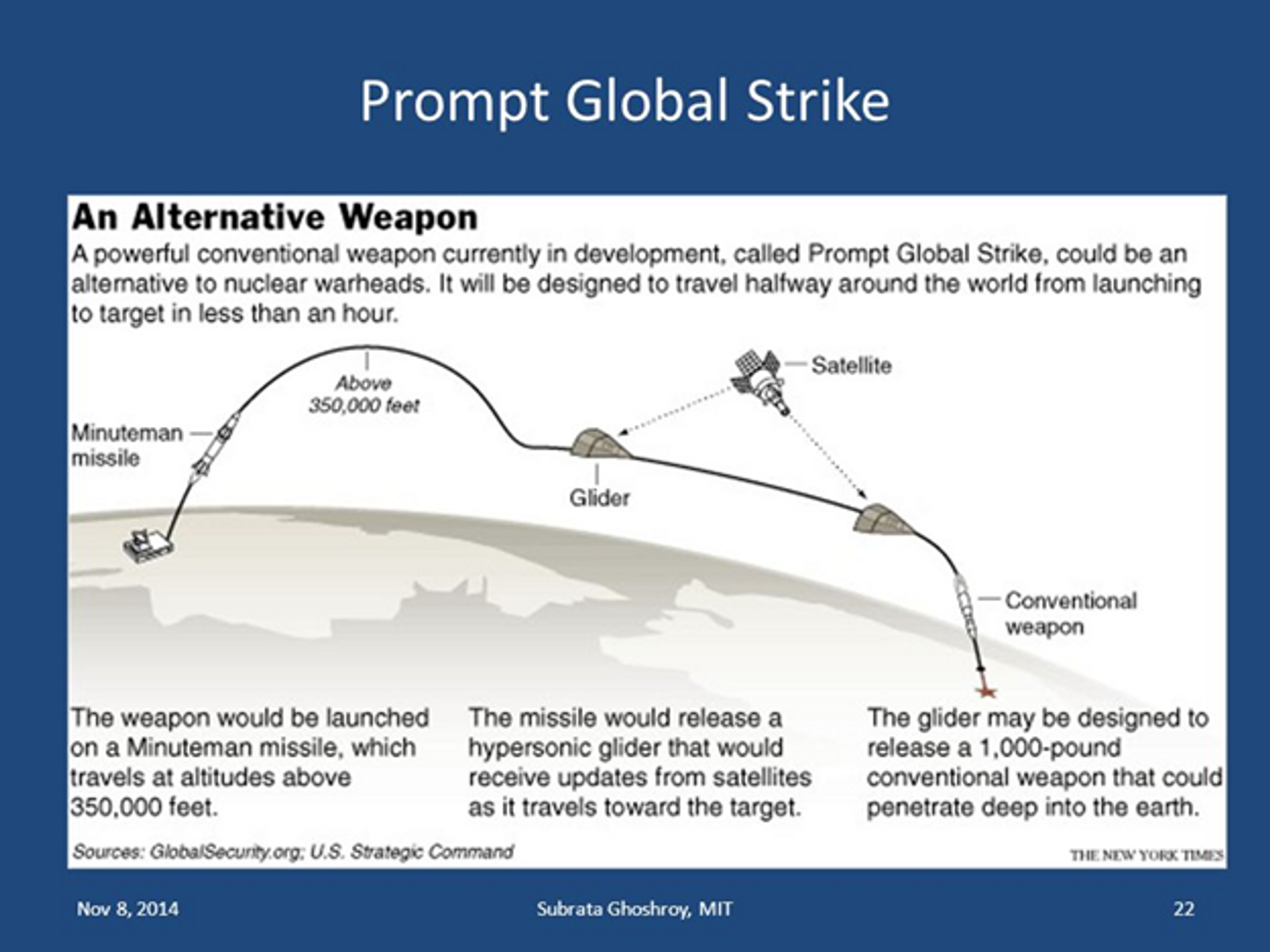
In its request for information, the Missile Defence Agency says it wants to determine “if interested sources capable of satisfying the Agency’s requirement exist.” The agency stresses that its request is for “market research” purposes only, and does not commit the MDA to sign any contracts with any company.
